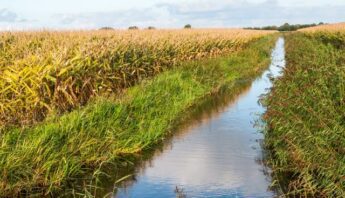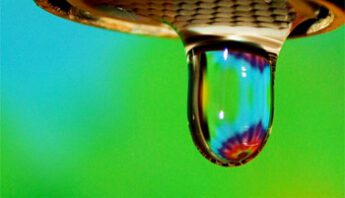A new study this week adds more weight to the case against atrazine. A rare birth defect that requires surgical correction to avoid life-threatening airway obstruction was associated with counties in Texas known to have high rates of atrazine use. The defect, known as choanal atresia and stenosis, is characterized by complete blockage and narrowing of regions of the airway, and often requires multiple surgeries to be corrected.
Mothers living in areas with high use rates of the common herbicide had a nearly two-fold increase in risk. A linear increase was found as well ― that is, areas with higher rates of atrazine usage were associated with higher incidences of the birth defect.
The criticisms of this study are arguments we've heard before ― for instance, that the link between exposures is too tenuous. However, as the authors pointed out,
…living in areas with high levels of atrazine application.. appears to correlate with personal exposure… [and] families living in farm households have higher levels of urine atrazine metabolites compared with those in nonfarm households.
And while correlation does not amount to causation, there are other studies pointing to an association between birth defects and atrazine. Readers may recall a study examining a strong association between month of conception, seasonally high levels of atrazine in surface water, and rate of birth defects.
Mothers living in areas with high rates of atrazine use had a nearly two fold increase in risk
As more researchers examine associations between atrazine and birth defects, the case will become more clear. The European Union banned atrazine because it was not possible to prevent atrazine from contaminating drinking water supplies, and the risks associated were simply too great.
PAN's on-the-ground work sampling drinking water with communities has found atrazine in drinking water supplies in four Midwestern states. In 2008, the USDA found atrazine in 94% of the drinking water examined. Given that we face near-ubiquitous exposure of an endocrine disrupting chemical (i.e., one that interferes with hormonal systems at very low exposure levels), isn't it time to seriously consider the weight of the evidence?







